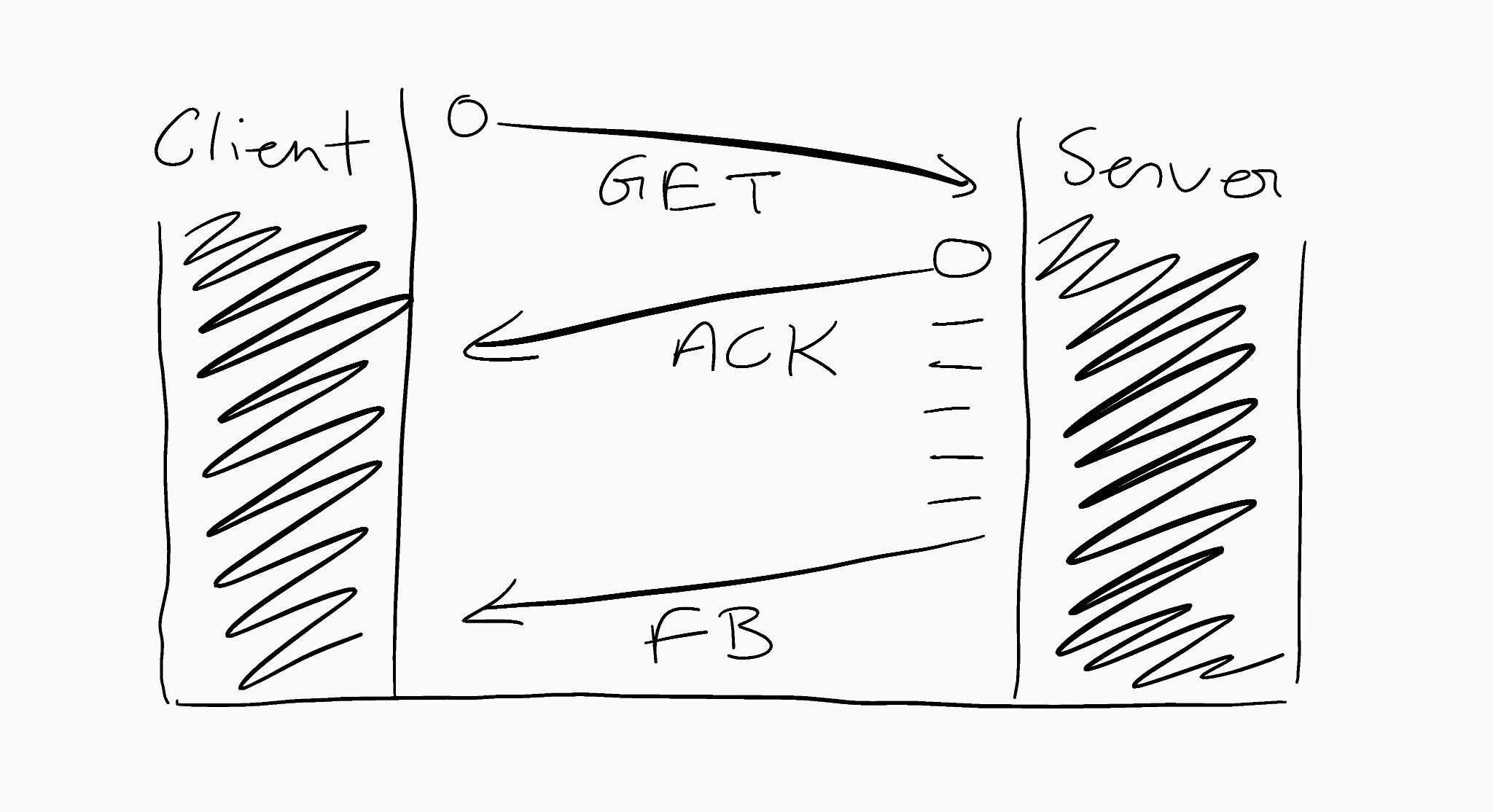Time To First Byte, TTFB, is a measurement used to indicate the responsiveness of the web servers and resources. In the web development and hosting industry, time to the first byte is used to define the initial server response time, which is the very first piece of code or file that a browser receives upon request.
It shows how fast a web server can answer to the clicked requests. Usually, a static website is faster and doesn’t require a decent server system, even shared servers can handle a big load. But such websites are not flexible at all, because to modify the content you’ll need to edit its HTML file directly, every time.
This is where CMS (Content Management System) comes in, it is a dynamic, more efficient way to manage a site and its contents, you can seamlessly change the design and looks without interrupting other elements. But these all features come with the cost of a decent web server that has better hardware and efficient software. By installing caching solutions you can achieve better performance even in smaller web servers, but that is a different topic.
To understand time to the first byte visually, look at the below image, consider client as your browser and server as in site you are going to open. When you open the URL of the site, the browser will send a GET request to the server, at the same time server acknowledges the request and makes the web page. Once the preparation of web pages and their contents gets completed server sent it back to the client which is your browser.

Whatever time it takes to send you the very first data is time to the first byte. This process may be faster or slower, that completely depends on the server you use.
In conclusion, TTFB is a timing tool to represent server’s responsiveness, faster the response, better the site.
Leave a Reply